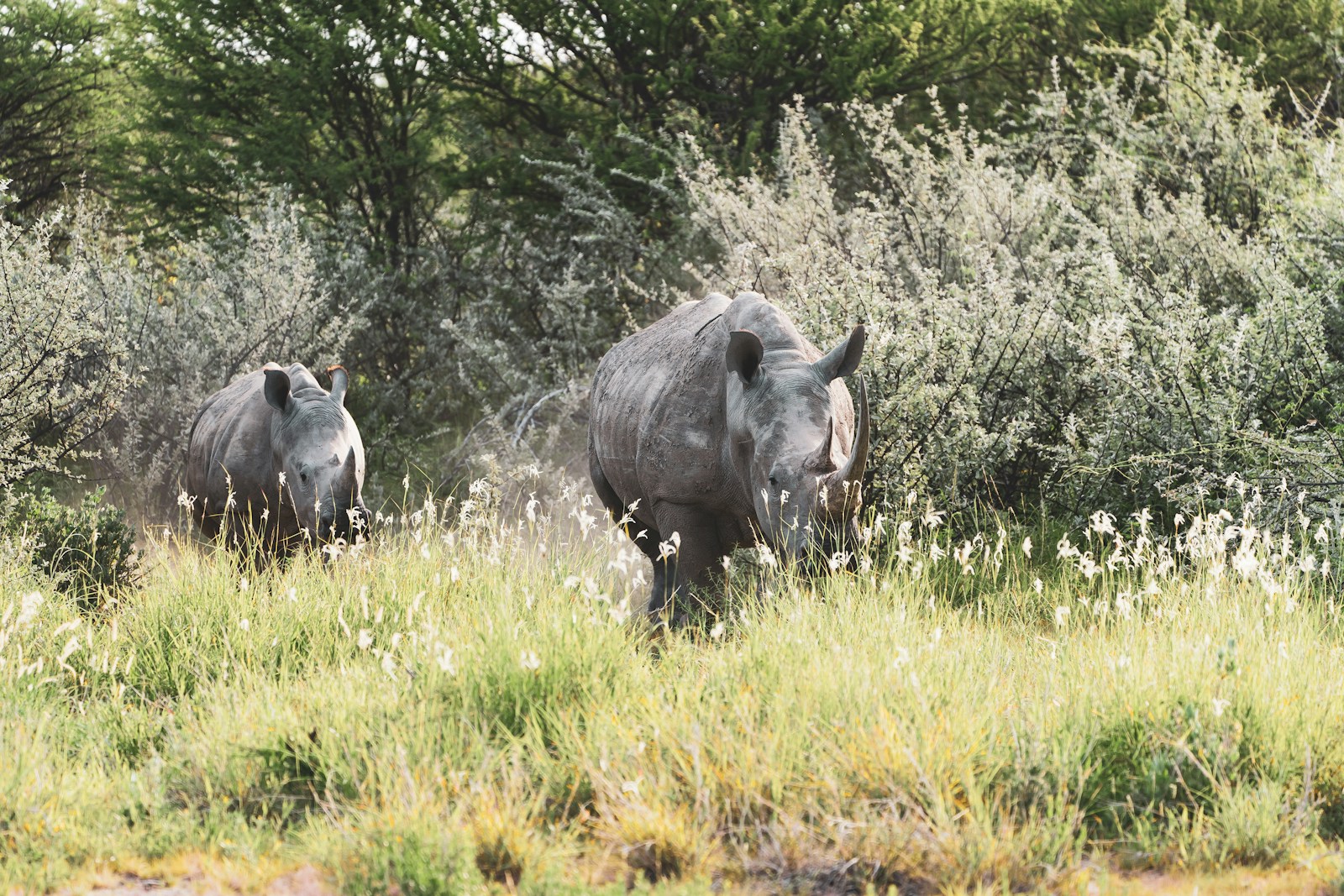Fire – a force simultaneously feared and revered throughout human history – plays a far more nuanced role in natural ecosystems than many realize. While wildfires can devastate communities and destroy property, controlled burns represent a powerful ecological tool that has shaped landscapes for millennia. This article explores the complex relationship between fire and habitat restoration, examining how this primordial element serves as both destroyer and creator in the cycle of ecological renewal. From prehistoric times when lightning-ignited blazes swept across grasslands to today’s carefully planned prescribed burns, fire has been an integral component of ecosystem management. As climate change alters fire regimes worldwide, understanding this relationship becomes increasingly crucial for conservation efforts and biodiversity preservation.
The Historical Role of Fire in Ecosystems
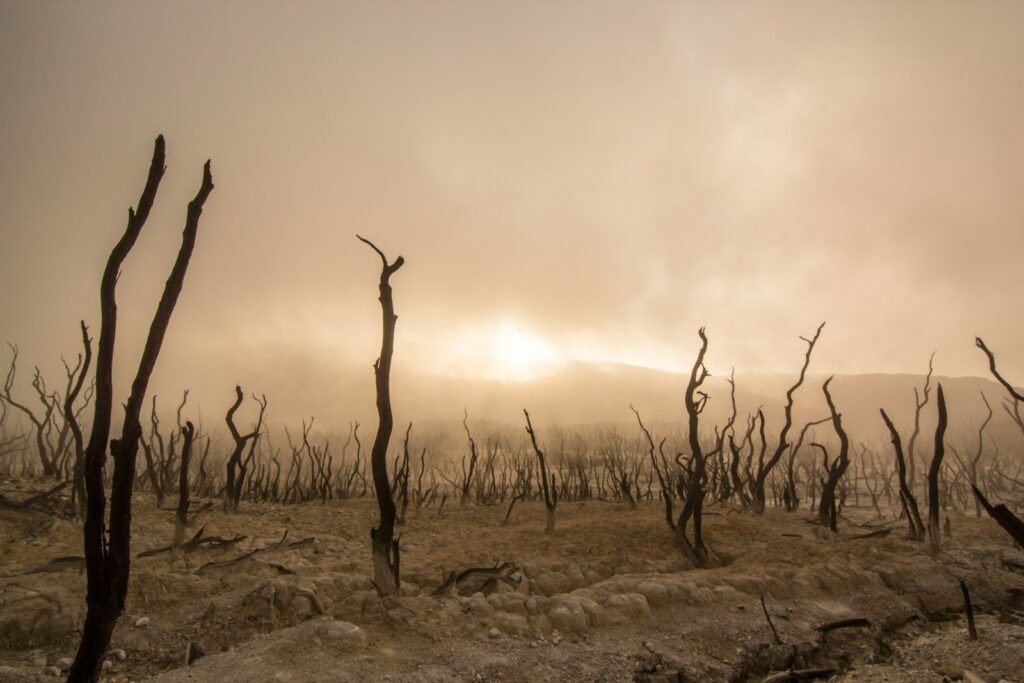
Long before human intervention, fire was a natural and recurring element in many of Earth’s ecosystems. Lightning strikes ignited blazes that swept through forests, grasslands, and savannas, creating a mosaic of habitat types and successional stages. Indigenous peoples across continents recognized fire’s ecological importance, deliberately setting controlled burns to manage landscapes for hunting, gathering, and agriculture. These traditional ecological knowledge systems incorporated fire as a tool for maintaining habitat diversity and productivity. Archaeological evidence suggests that human-managed fire regimes date back thousands of years, demonstrating our ancestors’ sophisticated understanding of ecological processes. The historical prevalence of fire has shaped the evolutionary adaptations of countless plant and animal species, creating fire-dependent ecosystems that actually require periodic burning to maintain their ecological integrity.
Fire-Adapted Ecosystems Around the World
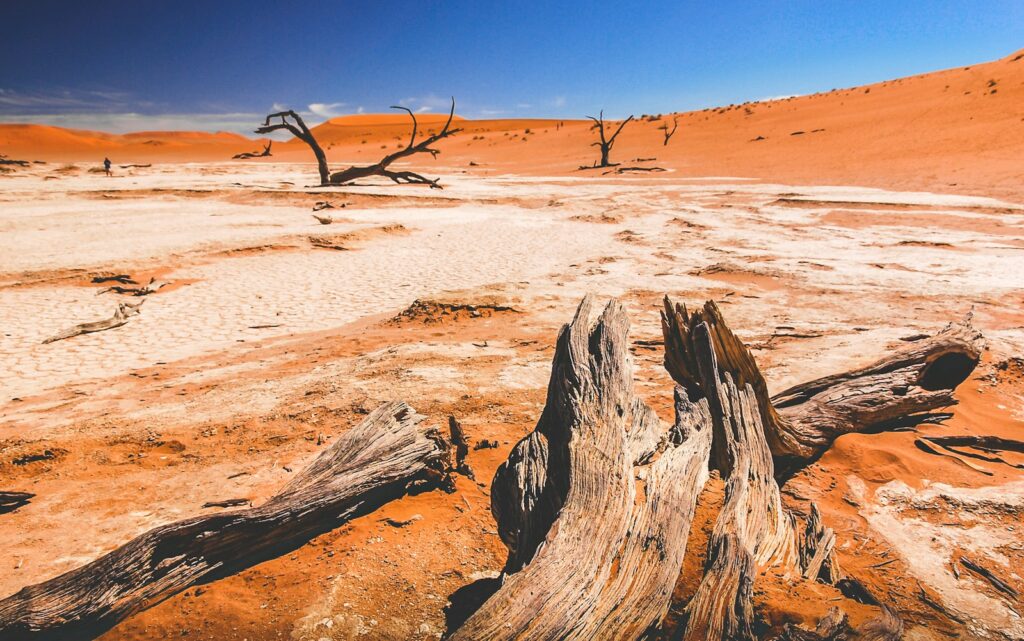
Numerous ecosystems worldwide have evolved with fire as a regular ecological process, developing remarkable adaptations to survive and even thrive after burns. The pine savannas of the southeastern United States feature longleaf pines with thick, fire-resistant bark and a grass stage that protects young trees’ growing points below ground during surface fires. Australia’s eucalyptus forests contain trees that not only withstand fire but actually encourage it through oil-rich, flammable foliage, while maintaining protected buds that rapidly resprout after burning. African savannas represent another classic fire-adapted ecosystem, where periodic burns prevent woody encroachment and maintain the open grasslands that support remarkable biodiversity including iconic species like lions, elephants, and numerous grazers. California’s chaparral ecosystems feature plants with specialized seeds that require fire’s heat or smoke chemicals to break dormancy, demonstrating the intricate relationships that have evolved between organisms and fire regimes.
How Fire Suppression Changed Habitats
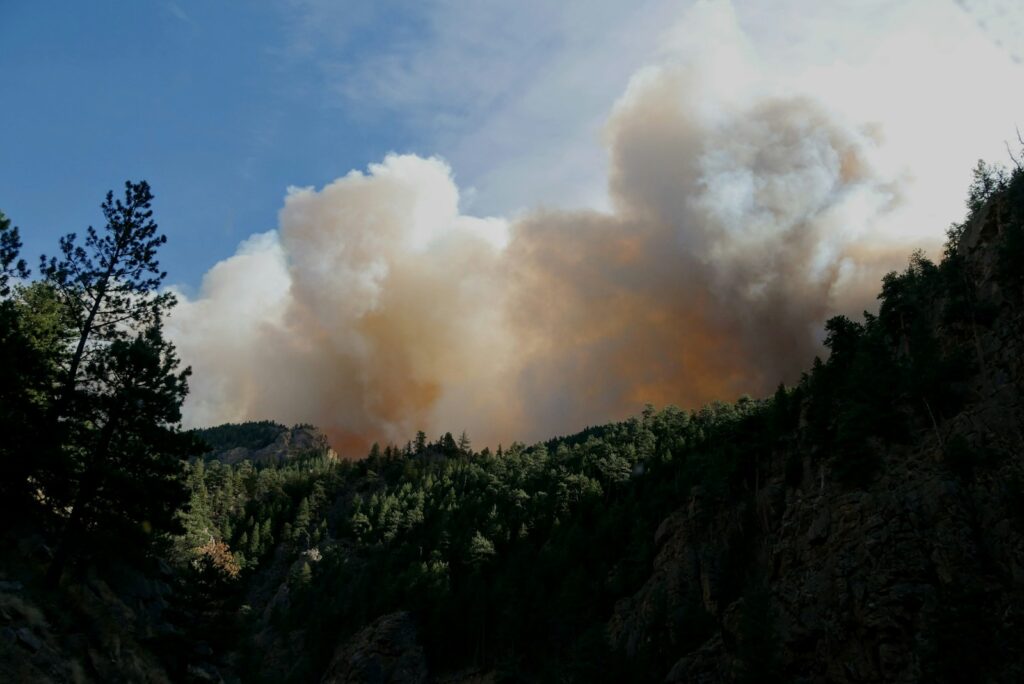
The 20th century brought a dramatic shift in fire management philosophy, especially in Western nations, where total fire suppression became the dominant approach. This well-intentioned but ecologically misguided policy disrupted natural fire cycles that had maintained ecosystem health for millennia. Without regular burns, many forests experienced unprecedented fuel accumulation, with dead wood, leaf litter, and small trees creating dense, fire-prone conditions. Fire-dependent species began declining as their habitats transformed – the red-cockaded woodpecker, longleaf pine, and numerous prairie plants suffered population declines directly linked to fire exclusion. Perhaps most concerning, the suppression policy ultimately made wildfires more dangerous and destructive when they inevitably occurred, as the accumulated fuels created conditions for higher-intensity, stand-replacing fires rather than the beneficial, low-intensity burns that historically shaped these landscapes. The ecological consequences of fire suppression represent one of the most significant unintended habitat alterations in modern conservation history, affecting millions of acres across North America and beyond.
Prescribed Burns as a Restoration Tool
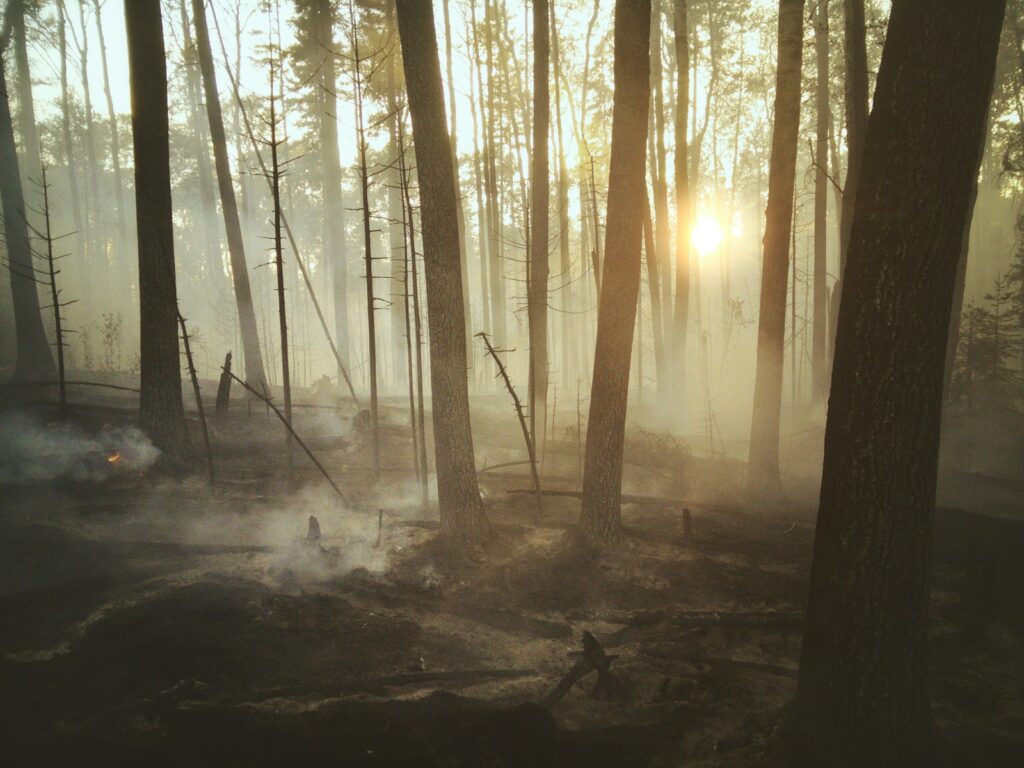
Prescribed burning has emerged as a critical habitat restoration technique, representing a controlled reintroduction of fire into ecosystems that evolved with regular burning. These carefully planned and executed burns operate under specific weather conditions and with detailed fire prescriptions that dictate acceptable parameters for wind, humidity, temperature, and fuel moisture. Wildlife biologists, foresters, and fire experts collaborate to design burn plans that mimic natural fire regimes while protecting human safety and infrastructure. The timing of prescribed burns is crucial – spring burns may target invasive cool-season grasses while protecting warm-season natives, while fall burns might promote different vegetation responses or prepare sites for restoration planting. Modern prescribed fire programs incorporate sophisticated modeling, remote sensing, and weather forecasting to ensure fires behave as intended and remain within planned boundaries. The restoration benefits of these controlled burns extend far beyond simple fuel reduction, representing a comprehensive approach to ecosystem management.
Immediate Effects of Fire on Wildlife

When fire moves through a landscape, its immediate impacts on wildlife vary dramatically by species, fire intensity, and habitat structure. Highly mobile animals like birds and large mammals typically flee the advancing flames, while some species have evolved remarkable fire detection abilities that alert them well before humans would notice danger. Small mammals may retreat to underground burrows, while reptiles and amphibians seek refuge in water bodies, rock crevices, or moist microhabitats that offer protection from the heat. Invertebrates show diverse responses – some perish in the flames while others, particularly soil-dwelling species, remain protected below ground. Careful timing of prescribed burns can minimize negative impacts, such as scheduling burns outside nesting seasons for ground-nesting birds or hibernation periods for reptiles. While some individual animals inevitably perish during burns, especially during higher-intensity fires, research consistently shows that population-level impacts remain minimal in properly conducted prescribed fires compared to the long-term benefits or the catastrophic effects of high-intensity wildfires that result from fire suppression.
Post-Fire Habitat Transformation
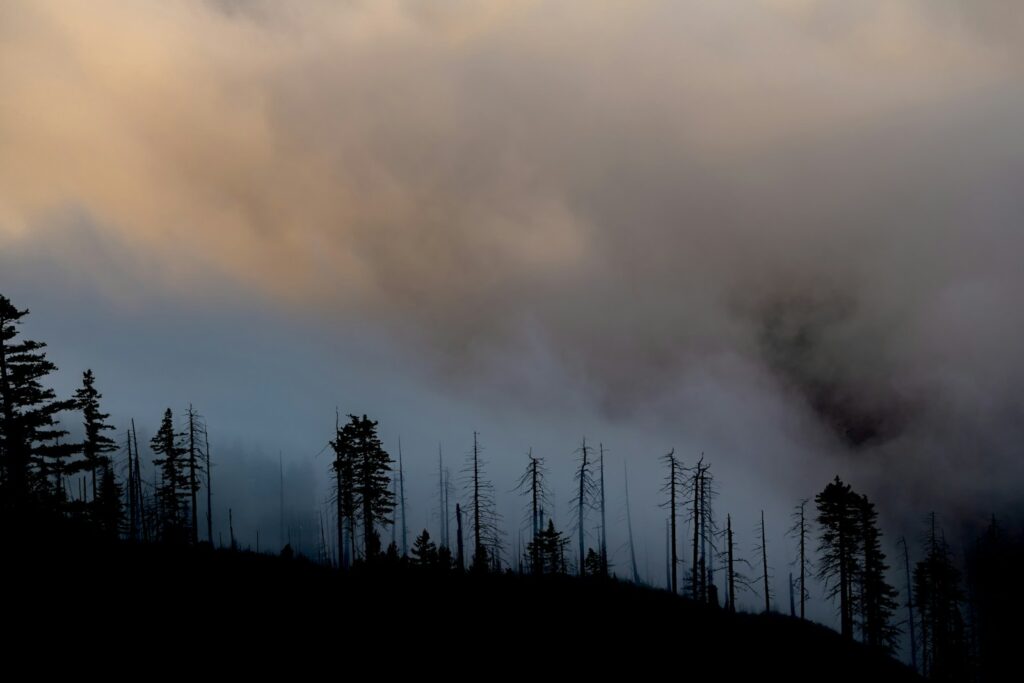
Following a burn, habitat transformation begins immediately and progresses through distinct successional stages that benefit different wildlife species. The blackened landscape quickly gives way to new growth as dormant seeds germinate, stimulated by smoke chemicals, heat, or simply the newly opened habitat conditions. Nutrient cycling accelerates as ash returns minerals to the soil, creating a flush of productivity that attracts herbivores from surrounding areas. The structural changes are equally important – fire creates a mosaic of habitat conditions, from completely cleared areas to partially burned patches, providing diverse niches for wildlife. Dead trees (snags) created by fire offer crucial habitat for cavity-nesting birds, bats, and numerous invertebrates, while fallen logs become travel corridors and shelter for small mammals and amphibians. This post-fire landscape heterogeneity increases biodiversity by accommodating species with different habitat requirements, creating a dynamic ecosystem that changes continuously through time.
Fire and Plant Communities: The Foundation of Habitat
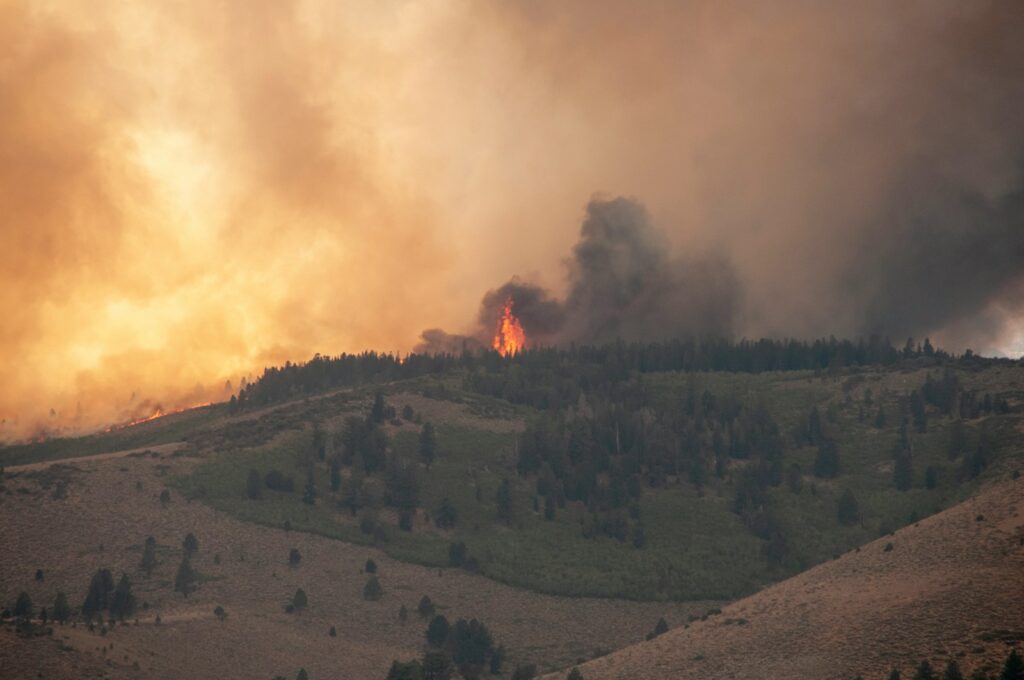
Fire’s influence on plant communities forms the foundation of habitat restoration, altering everything from species composition to vegetation structure. Many fire-adapted plants possess specialized adaptations like serotinous cones that open only in fire’s heat, releasing seeds onto the newly cleared, nutrient-rich seedbed. Certain prairie grasses maintain their growing points below ground, protected from surface fires, allowing them to quickly resprout after burns while their non-native competitors perish. Fire intensity creates selection pressures that favor certain species over others – frequent, low-intensity burns typically promote fire-adapted native species while discouraging fire-sensitive invasives that lack evolutionary history with fire. The structural changes are equally significant, as fire removes accumulated thatch in grasslands, opens forest canopies to allow sunlight penetration, and creates the patchy distribution of vegetation that maximizes edge habitat beneficial to many wildlife species. This reshaping of plant communities cascades through the ecosystem, affecting everything from insect populations to large predator distribution patterns.
Mammals and Fire: Adaptation and Response
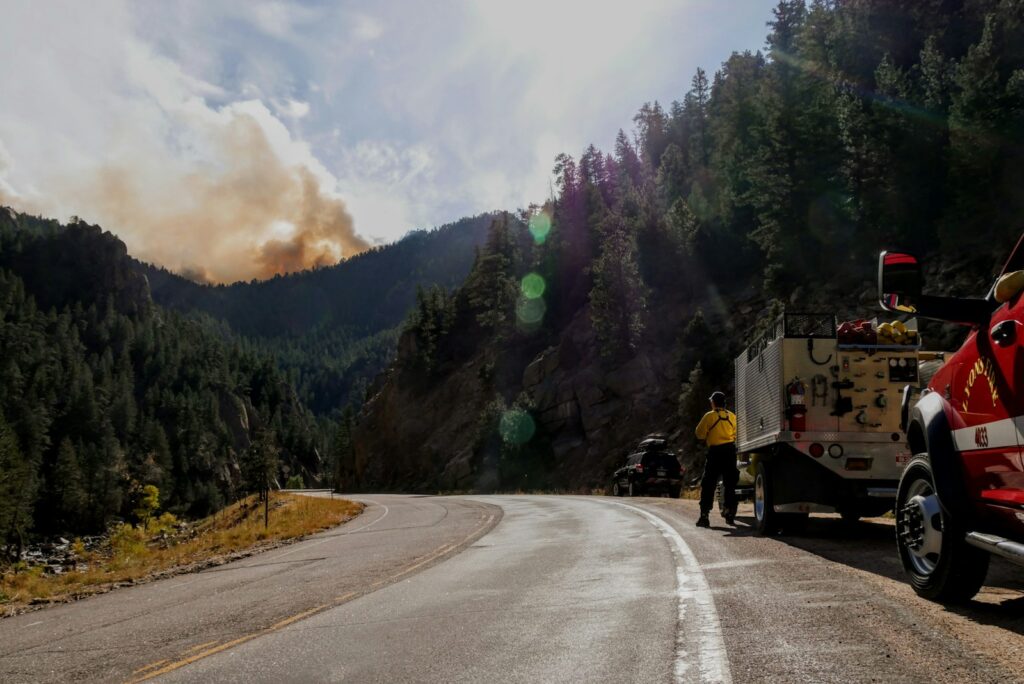
Mammals exhibit fascinating and diverse responses to fire that reflect their evolutionary history in fire-prone environments. Large herbivores like deer, elk, and bison are frequently observed grazing in recently burned areas, attracted by the nutritious regrowth that emerges after fire. Small mammals show more complex patterns – some species decline immediately after burns due to reduced cover, while others increase as they exploit newly available food resources like exposed seeds and insects. Predators often take advantage of the temporarily simplified habitat structure, hunting more efficiently in the post-fire landscape with its reduced hiding places for prey. Research in African savannas has documented cheetahs achieving higher hunting success in recently burned areas, while studies in North America show similar patterns for coyotes and foxes. Perhaps most remarkable are the behavioral adaptations some mammals display, such as the documented cases of certain rodent species that retrieve cached seeds from burrows and relocate them when they detect approaching fire, demonstrating sophisticated fire awareness and response.
Birds and Fire: Winners and Losers
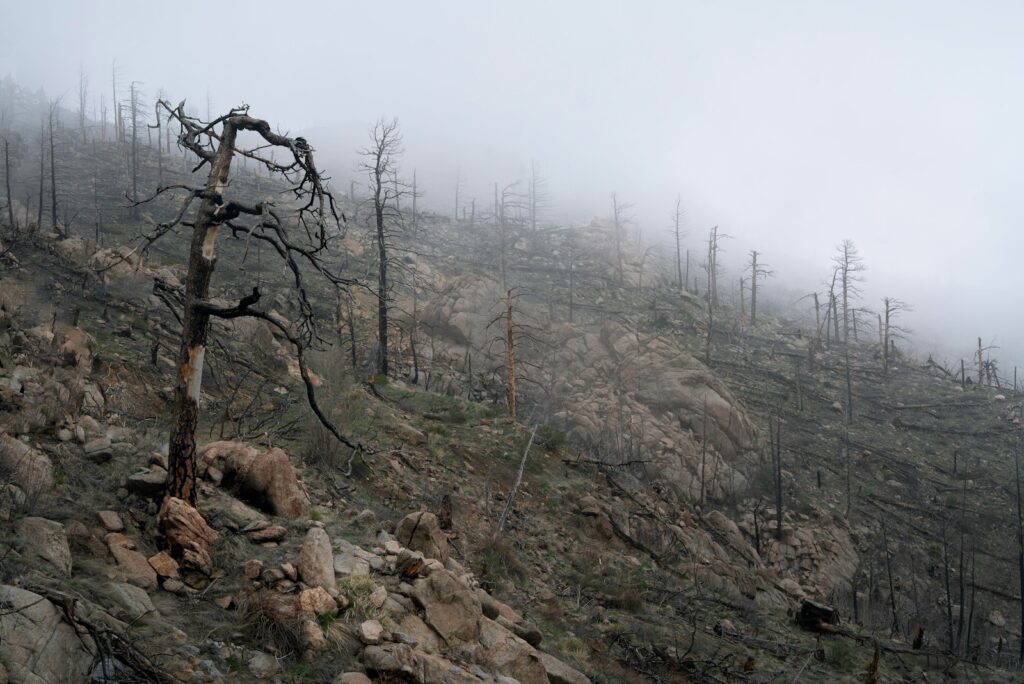
The avian community undergoes significant restructuring following fire events, with species composition shifting in predictable ways based on the new habitat conditions. Cavity-nesting birds like woodpeckers often benefit tremendously from fire, which creates snags (standing dead trees) perfect for excavating nest chambers, while also increasing populations of wood-boring beetles that serve as primary food sources. Open-country species and aerial insectivores typically increase after moderate-intensity burns, taking advantage of the simplified vegetation structure and abundant flying insects. Ground-nesting species may temporarily decline until sufficient cover regenerates, though many have evolved to nest in partially burned landscapes with patchy vegetation. Some species have developed such specialized relationships with fire that they’re considered “fire followers” – birds like the black-backed woodpecker appear rapidly after forest fires and disappear once the post-fire insect boom subsides, tracking burns across landscapes. The recovery timeline varies significantly, with some avian communities returning to pre-fire composition within years, while others maintain fire-influenced assemblages for decades.
Reptiles, Amphibians, and Fire
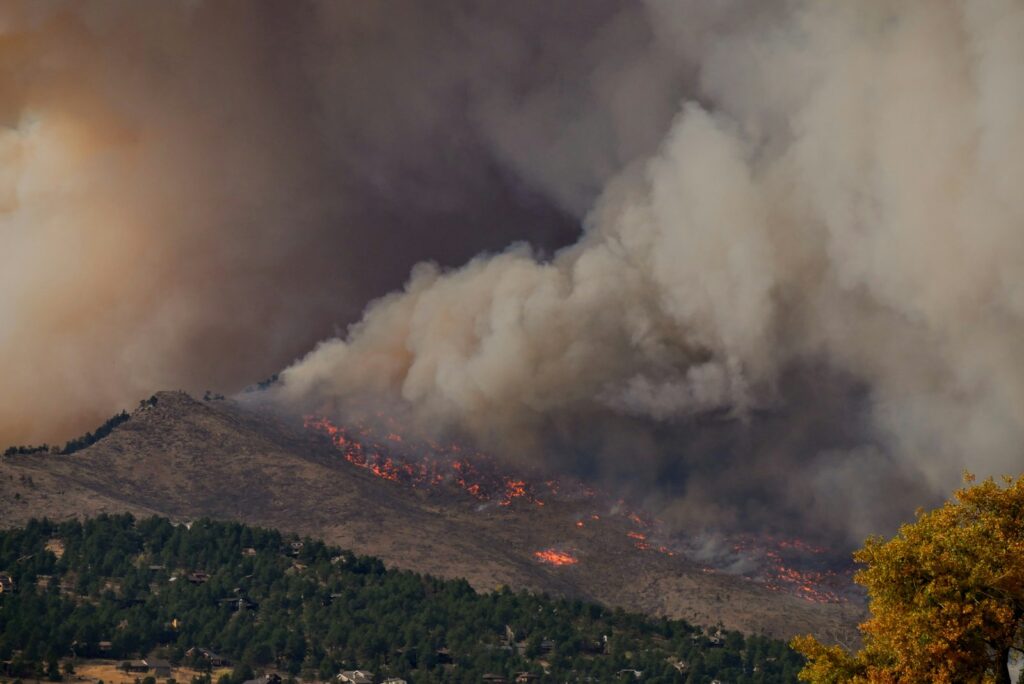
Herpetofauna (reptiles and amphibians) show particularly nuanced relationships with fire, often benefiting from the thermal and structural changes that burns create. Many reptiles thrive in the post-fire environment, where increased sunlight reaches the forest floor or prairie surface, creating improved basking opportunities essential for these ectothermic animals. Studies of gopher tortoises in the southeastern United States demonstrate how this threatened species benefits from fire that maintains the open-canopied pine savannas they require, while also promoting growth of their preferred food plants. Amphibians generally show more sensitivity to fire due to their permeable skin and moisture requirements, though many species persist through burns by seeking refuge in moist microsites, burrows, or aquatic habitats. Fire-created habitat heterogeneity benefits herpetofauna by providing a mix of open areas for thermoregulation alongside unburned patches that maintain humidity and cover. The removal of thick leaf litter and duff layers by fire can also improve movement conditions for smaller reptiles and amphibians, allowing easier access to feeding areas and breeding sites.
Invertebrates: The Overlooked Responders
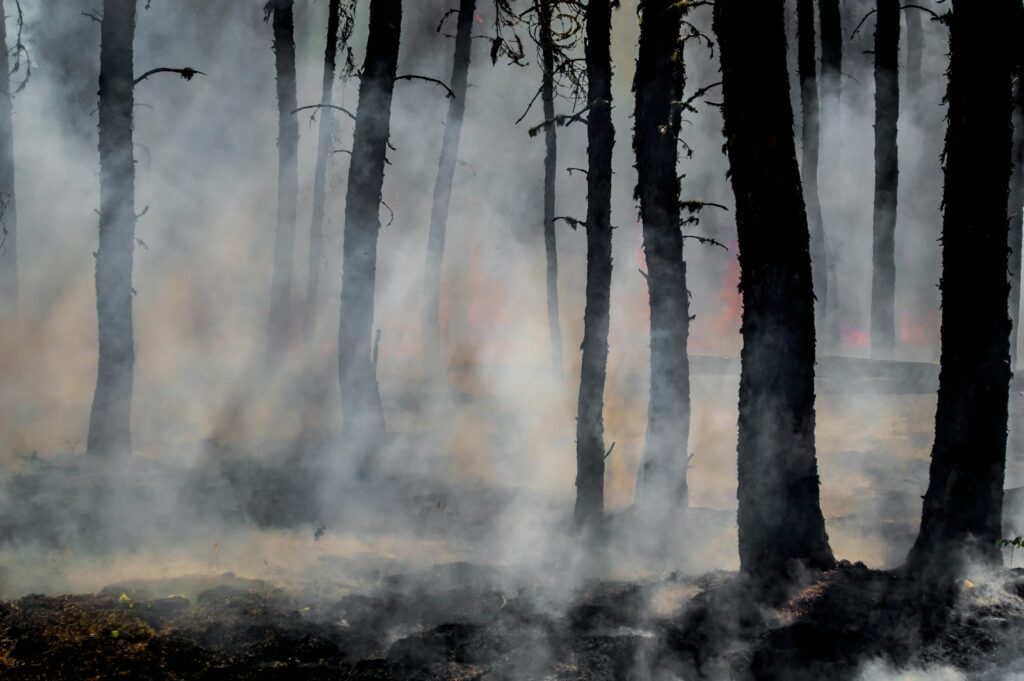
Though often overlooked in fire ecology discussions, invertebrates represent perhaps the most diverse and ecologically significant responders to fire, with ripple effects throughout the food web. Certain fire-adapted insect species possess remarkable pyrophilic (fire-loving) traits, including specialized heat sensors that detect distant fires, drawing them to freshly burned areas where they can exploit resources or find mates. The “fire beetle” (Melanophila) can detect infrared radiation from fires up to 80 miles away, allowing it to quickly colonize burned trees and reproduce before competitors arrive. Soil-dwelling invertebrates generally survive even relatively intense fires, protected by the insulating properties of soil, and play crucial roles in post-fire nutrient cycling and decomposition processes. Pollinators often benefit from the post-fire flush of flowering plants, with studies documenting increased butterfly and bee diversity in burned areas compared to unburned reference sites. The structural changes created by fire also alter microhabitats for invertebrates, creating new niches and resource opportunities that drive community reorganization and ultimately support the recovery of vertebrate populations that depend on these small creatures for food.
Challenges and Controversies in Fire Management
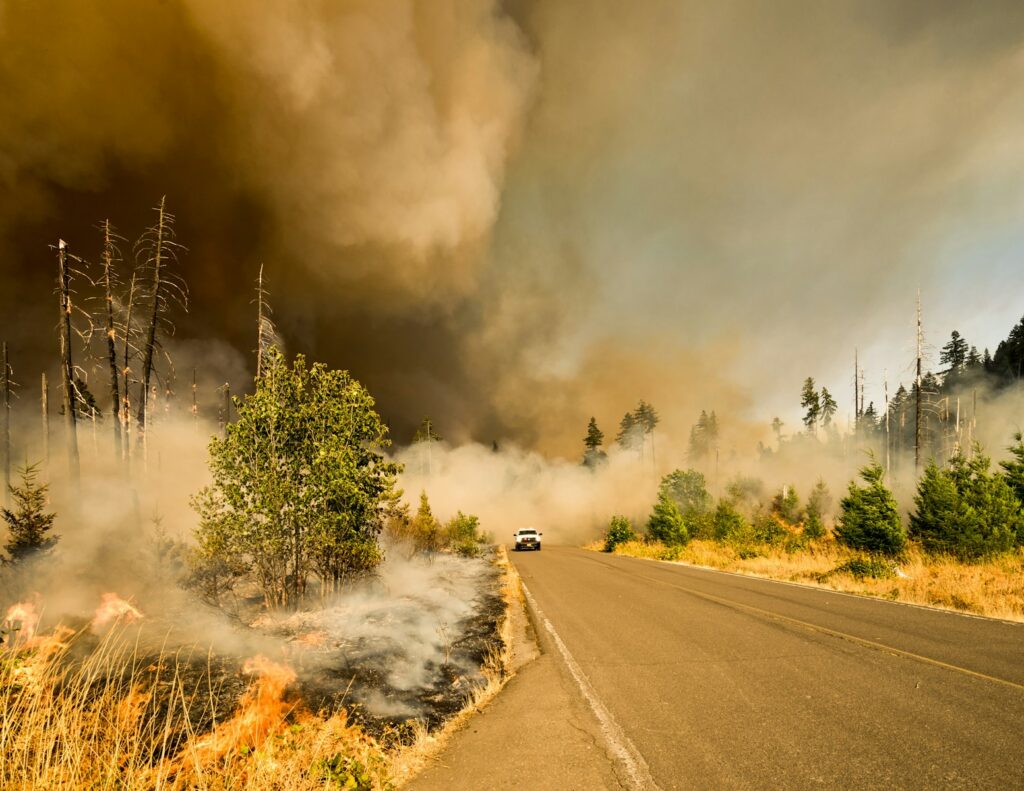
Despite scientific consensus supporting fire’s ecological importance, implementing prescribed burn programs faces significant challenges ranging from practical limitations to public perception issues. Smoke management represents a major concern, particularly near populated areas where air quality impacts can affect human health and create liability issues for burn managers. Climate change complicates prescribed burning by narrowing suitable burn windows, with hotter, drier conditions creating higher risk of fire escape, while wetter periods may make it difficult to achieve management objectives with fires that burn too cool or incompletely. The wildland-urban interface presents particular challenges, as human development increasingly encroaches on fire-adapted ecosystems, creating complex jurisdictional and safety considerations for fire managers. Public opposition sometimes emerges from misconceptions about fire ecology or concerns about wildlife impacts, requiring sustained educational efforts to build community support. Perhaps most challenging is the catch-22 situation in many fire-suppressed landscapes, where accumulated fuels make prescribed burning riskier, yet without burning, fuels continue accumulating and wildfire danger increases further.
Future Directions in Fire-Based Habitat Restoration

The future of fire-based habitat restoration involves increasingly sophisticated approaches that integrate traditional ecological knowledge with cutting-edge science and technology. Cultural burning practices developed by indigenous peoples over millennia are gaining renewed recognition and incorporation into modern management, acknowledging the deep understanding embedded in these traditional approaches. Adaptive management frameworks allow restoration practitioners to learn from each burn, documenting outcomes and refining techniques based on empirical evidence rather than rigid prescriptions. Remote sensing and drone technology enable more precise fire mapping and effects monitoring, while improved fire behavior models help predict outcomes under various conditions. Climate change adaptation represents a critical frontier, as restoration practitioners must consider not just historical fire regimes but future climate scenarios when designing burn programs. Cross-boundary collaboration between agencies, private landowners, and conservation organizations is expanding the scale of fire restoration, recognizing that ecological processes don’t respect human-drawn property lines. These innovations collectively point toward a more holistic approach to fire management that balances ecosystem needs with human safety in an increasingly complex landscape.
Conclusion: Fire as a Keystone Ecological Process
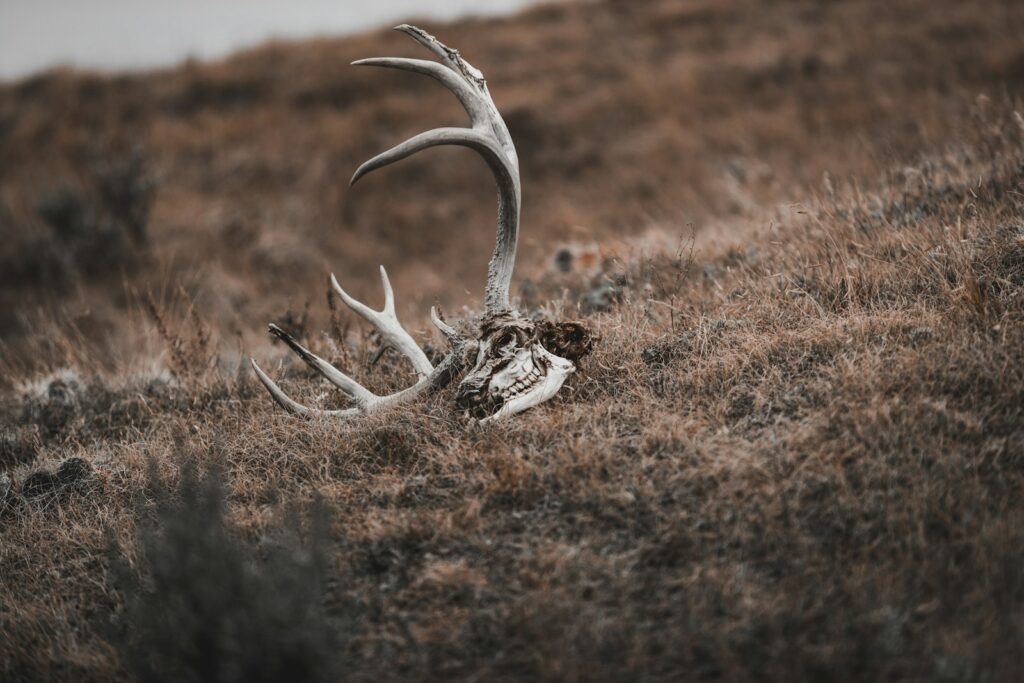
Fire’s role in habitat restoration represents one of ecology’s most compelling examples of how disturbance processes create and maintain biodiversity. Far from being simply destructive, fire functions as a keystone ecological process that shapes landscapes, influences evolution, and creates the conditions necessary for countless species to thrive. The science clearly demonstrates that in fire-adapted ecosystems, the absence of fire often poses a greater threat to wildlife than carefully managed burns. As we confront accelerating biodiversity loss and habitat degradation worldwide, reintegrating appropriate fire regimes offers a powerful restoration tool that works with natural processes rather than against them. The challenge lies in implementing this knowledge thoughtfully, balancing ecological benefits with human safety concerns, especially as climate change alters fire behavior in complex and sometimes unpredictable ways. By embracing fire’s ecological role while managing its risks, conservation practitioners can help restore resilient, diverse ecosystems that support wildlife and maintain essential ecological functions for generations to come.

